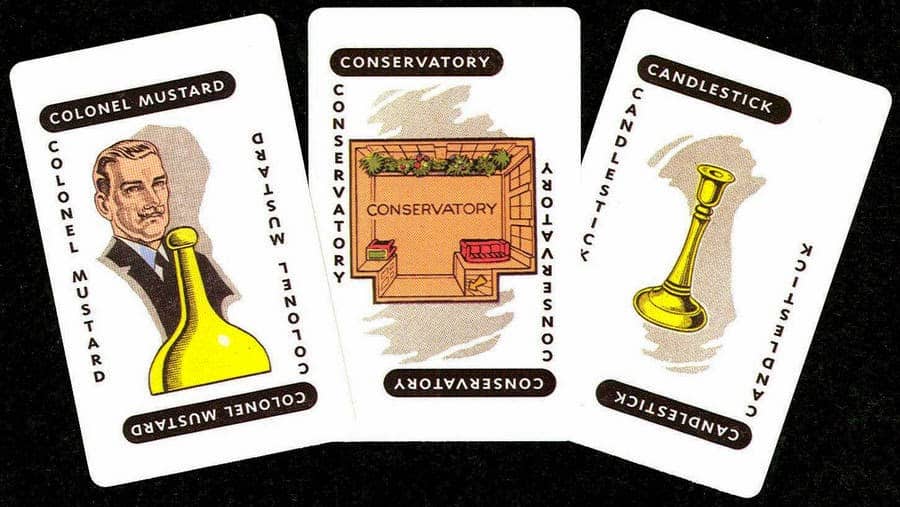Neil (name changed to protect his identity) called me recently in frustration. After several years of a capital campaign that never really seemed to take flight, he was finally ready to seek help. After discussing the stages of a capital campaign and how I could help, he wanted to verify a sudden realization: “So do you mean to tell me that most successful campaigns use a tried and true path and the rest take their chances on alternative strategies?”
Neil finally got it. The major steps of a capital campaign have been around for over seventy years: Planning (or Feasibility) Study, Quiet (or Silent) Phase, Public Phase, Celebration. While certain tactics have changed, such as the Internet’s impact on donor research, most successful campaigns take the same track every time.
I explained to Neil that it is essential to conduct a campaign planning study prior to launching a capital campaign. Campaign planning studies are similar to the classic board game “Clue”: the rules are the same from game to game and from campaign to campaign, even though the players change. To win at “Clue,” you need to find out 1) who is the murderer, 2) with which weapon, 3) and in which room the crime was committed. Instead of Colonel Mustard with the candlestick in the conservatory, good capital campaign consultants are looking for:
- Who will provide solid leadership for the campaign?
- How does the case resonate in the community?
- What is the capacity to fund the project, and where will the funds come from?
To win big in your capital campaign, be sure to take a “Clue” to capital campaign success, which always starts with a campaign planning study. You want to be the first to discover which cards are in the envelope and take full, successful advantage of the answers they give you. Then you be well positioned to achieve your campaign goal.


